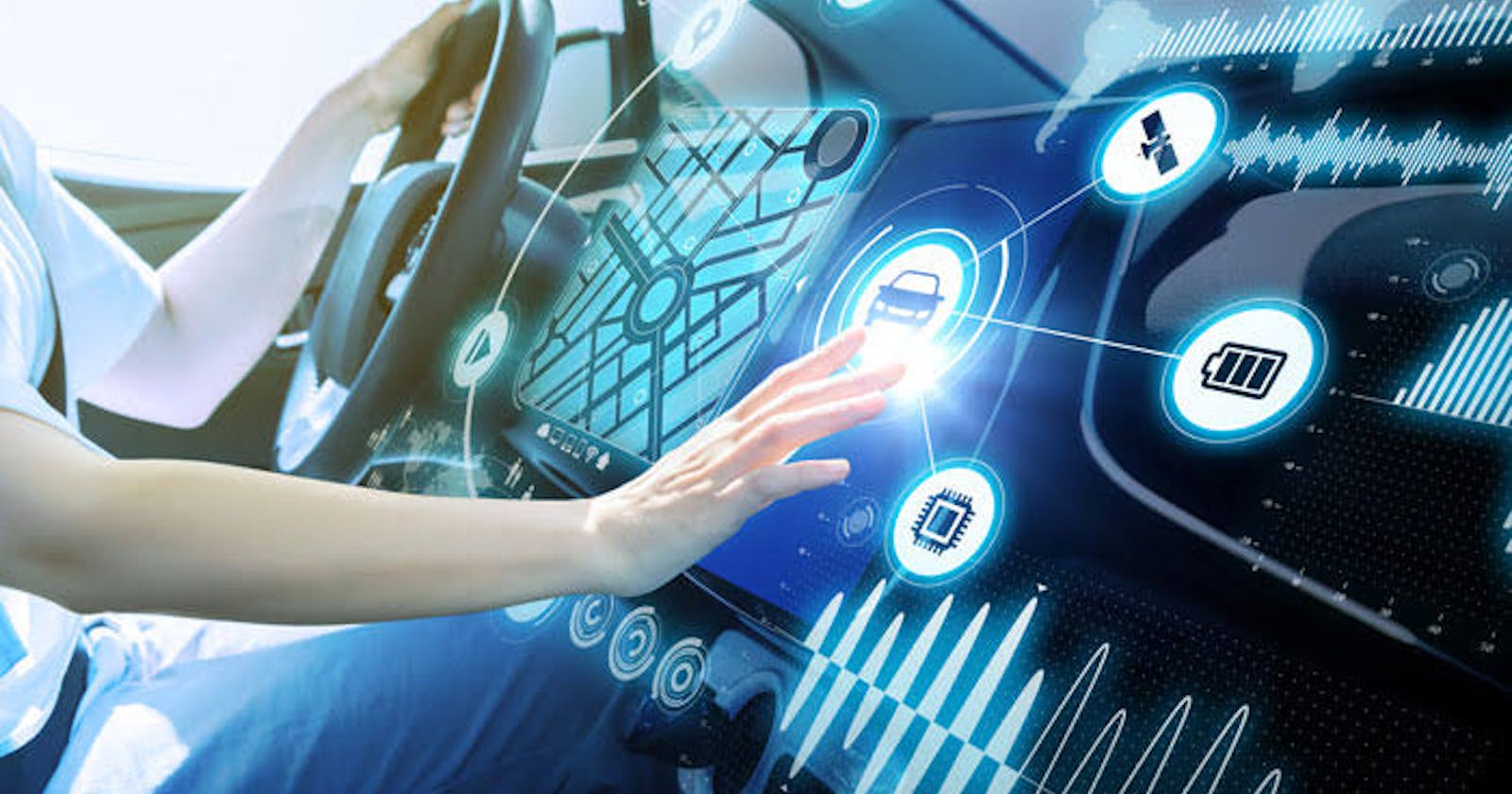Introduction
Undeniably, information technology has witnessed a phenomenal increase in innovation and consumer base, over the past decade. A “living” testament to this is the advent of the internet of things (IoT), near the close of the last 10-year period. Statista carried out a study that postulates that by the year 2025, there would be a whopping 74 billion IoT devices present globally. According to a study by TCS, about 80% of top companies worldwide, already used IoT to monitor consumers, track products, and gauge their overall progress as a business. This is not entirely shocking since, as the days go by, the world around us is becoming more and more data-driven. Hence, it is important to pay attention to the impact of the IoT on the future of the human race.
Here, we discuss the future impact of the IoT on 4 sectors of global significance.
Daily activity
It’s the year 2020 and most of us have grown dependent on the use of mobile devices to get through life every day. From ordering a ride via Uber to paying bills with HeyPay, important activities are carried out with the help of these devices. With the expected spike in the number of IoT devices worldwide, activities like opening doors, restocking the fridge, grocery shopping, turning on the lights, and many more basic chores will be automated and initiated remotely. Buildings, streets, and even entire cities will become “smarter" and able to receive and transmit data, through IoT sensors.
Although, a downside of this is that humans become lazier physically in carrying out daily tasks, the comfort and ease that accompanies living and working in an IoT-enabled life are beyond measure.
Crime, Privacy, and Security
Nefarious activities throughout human history, have always evolved with technology by finding new forms of expression with the available means in each generation. As such, there will be a prevalence of cybercrime, as the ubiquity of IoT will make us all the more susceptible to being hijacked.
The likes of Mirai and many other IoT botnets, made up of compromised routers and surveillance systems in their millions, will become more rampant. Cyberattacks have become the new shoplifting. As pressing as they are today, privacy issues such as unauthorized surveillance of individuals may become a more topical matter to be addressed soon.
Big tech companies will have greater access to a chunk load of valuable data on millions of individuals globally, which will mean that virtually all individual activities are monitored without consent.
On the bright side, homes are safer from break-ins and can easily be monitored from a mobile device while away. Tracking missing people, animals, and objects becomes relatively easier. Law enforcement agencies can identify and apprehend suspected criminals faster.
Entertainment
Media and entertainment outlets have never been closer to humans in any century than in our world today. We hold information in the palm of our hands. Soon though, as it’s already happening, we’ll be able to wear information on our wrists, as headbands, and as glasses.
This further contributes to the quick transmission of the latest news and gist, at almost 50% speed as what we have today. Gaming becomes more practical and user-involved through advancements in virtual reality, 3D sound technology, as well as haptic IoT sensors that appeal to the user’s sense of touch.
Digital/virtual cinemas and billboards also become the trend, as smart devices with screens dominate commonly used locations like train stations, bars, etc.
Healthcare
With the “heavy” usage of IoT sensors in healthcare systems, diagnoses and treatment procedures become cheaper and more efficient. There will be a significant improvement in patient experience, contributing to the overall improvement of their health. Surgeries gain more precision with smart, microchip implants. Emergencies, as well as thrive on the urgent notification and attention, enabled through the use of IoT devices.
Motion sensors, wall-penetrating infrared sensors, as well as monitoring implants, help healthcare professionals to carry out their duties in monitoring, diagnosing, and administering treatment, with relative ease. IoT, in essence, brings more efficiency and proactive measures to help both patient and professional communicate better to achieve their aim.
Conclusion
This article concludes a four-part series on everything you need to know about the internet of things.
Although, a downside of this is that humans become lazier physically in carrying out daily tasks, the comfort and ease that accompanies living and working in an IoT-enabled life are beyond measure.
This article concludes a four-part series on everything you need to know about the internet of things. Although, a downside of this is that humans become lazier physically in carrying out daily tasks, the comfort and ease that accompanies living and working in an IoT-enabled life are beyond measure.
